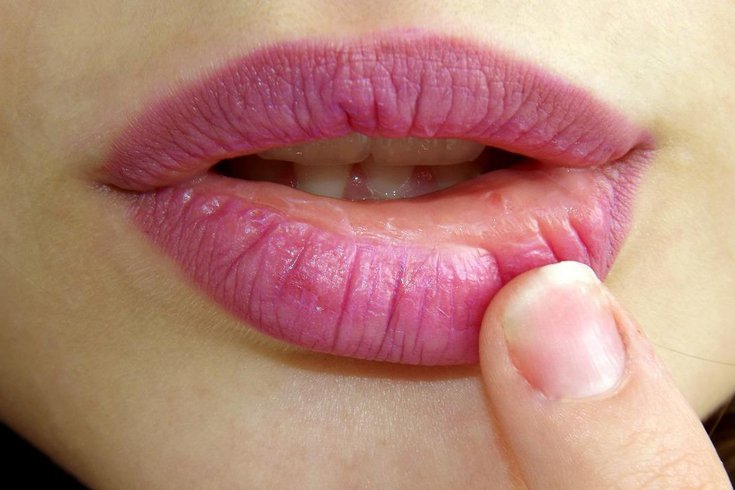
August 03, 2022
 Adina Voicu/Pixabay
Adina Voicu/Pixabay
The spread of oral herpes virus, HSV-1, may have coincided with romantic kissing becoming more widespread during the Bronze Age, a new study of ancient dental remains suggests.
The herpes virus that causes cold sores became widespread about 5,000 years ago – about the same time that liplocking became a more common sign of affection, scientists say.
An analysis of ancient dental remains suggests that the rising popularity of romantic kissing after the mass migration of people from the steppe grasslands of Eurasia to Europe during the Bronze Age accelerated the spread of the virus.
Today, the World Health Organization estimates that about 3.7 billion under the age of 50 have oral herpes, known as HSV-1. Genital herpes is caused by another herpes simplex virus, HSV-2.
People who contract herpes live with the virus for the rest of their lives. HSV-1 infections often are symptomless, but some people get painful blisters or open sores in their mouths or on their faces.
Oral herpes infections typically are acquired during childhood or early adulthood through contact with the saliva of an infected person. That can happen from kissing, but also from sharing drinking and eating utensils, washcloths and towels.
"Every primate species has a form of herpes, so we assume it has been with us since our own species left Africa," said Christiana Scheib, a research fellow at the University of Cambridge. "However, something happened around 5,000 years ago that allowed one strain of herpes to overtake all others, possibly an increase in transmissions, which could have been linked to kissing."
Of course, this is just a theory. Researchers say more evidence is needed to confirm a link between ancient make-out sessions and modern day herpes. But the idea that the history of kissing is intricately linked to the evolution of a virus is an interesting proposition.
The researchers based their theory on an analysis of traces of herpes virus DNA found in the remains of four people excavated in the United Kingdom, The Netherlands and Russia. The oldest remains, found in Russia's Ural Mountains region, were about 1,500 years old. The youngest, discovered in The Netherlands, were about 350 years old.
Prior to this, the oldest herpes DNA recovered only dated back to 1925, the researchers said.
The research team "dusted" the teeth of each individual for herpes DNA. Teeth often can provide the most comprehensive record of the pathogens a person encounters because they don't regenerate like bones.
To better understand how the herpes virus evolved throughout history, they compared the ancient herpes DNA to the DNA of modern day herpes viruses. Their analysis indicated that HSV-1 emerged about 5,200 years ago.
Though there is no way to find fossilized evidence of kissing, the researchers theorized that the spread of HSV-1 coincided with a more widespread popularity in the practice of romantic and sexual kissing.
A Bronze Age manuscript from South Asia contains the earliest known written record of kissing, the researchers said. They theorized that the armies of Alexander the Great may have brought the custom to the Mediterranean around 300 B.C.
They also pointed to evidence that the Roman Emperor Tiberius attempted to have kissing banned at official functions to stop the spread of disease. It is not clear whether that disease was herpes.
"If you suddenly have a group of people who are kissing, which was not a universal human behavior, that is an extra way to spread the virus," researcher Charlotte Houldcroft, of Cambridge's genetics department, told The Guardian.
Romantic kissing is not a universal custom even in modern times, but it is a very popular way to express romantic or sexual affection in the U.S.
To prevent spreading the herpes virus while swapping spit, doctors advise people not to kiss anyone when they have open sores. Other preventive measures include not sharing eating utensils, drinking glasses or towels when people have open sores.
The researchers involved in the study hope to digger deeper into the evolution of the herpes virus by studying its prevalence among Neanderthals, the closest relative to homo sapiens and a species that also might have liked to smooch.